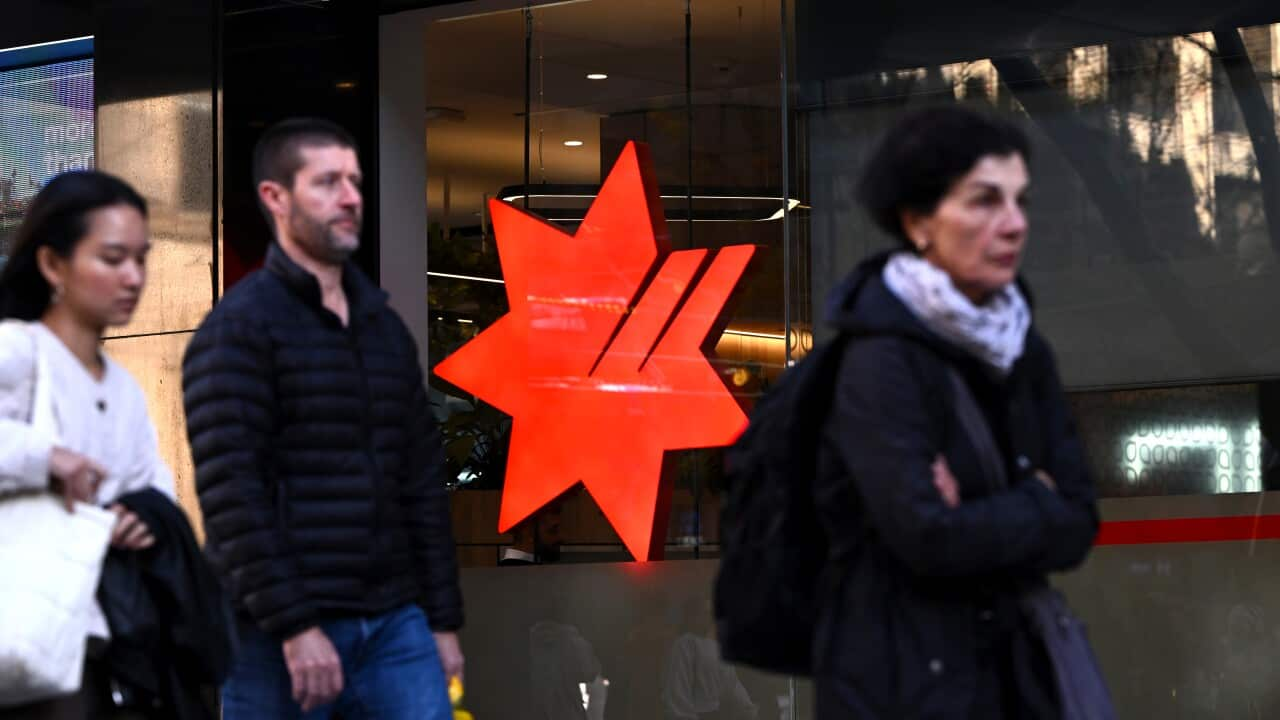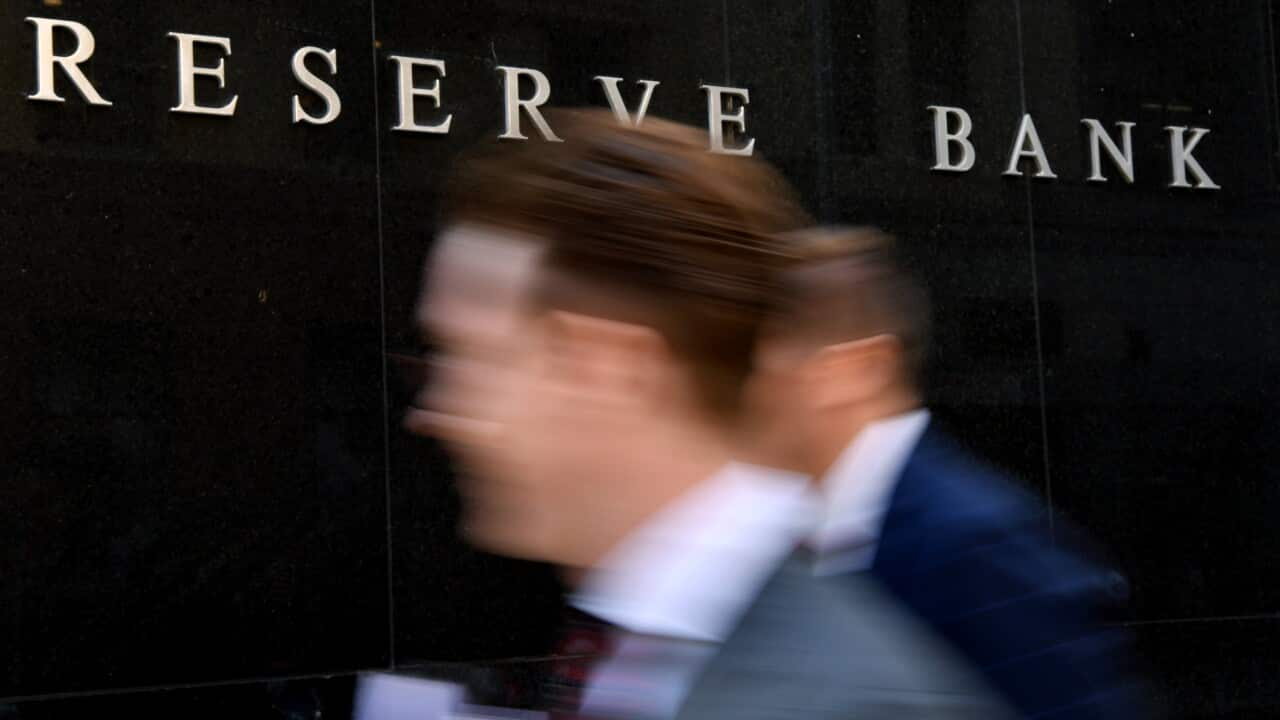One of Australia's 'big four' banks, NAB, has announced a cut in its fixed-rate mortgages across all loan terms — a couple of weeks before the Reserve Bank of Australia's (RBA) first meeting of 2025.
The bank's lowest fixed rate is now 5.84 per cent, available to owner-occupiers paying principal and interest with a deposit of at least 20 per cent on a three-year term, according to financial comparison site Canstar.
NAB's move follows one by Macquarie, which dropped fixed rates for owner-occupiers by up to a quarter of a percentage point in January. Canstar has also found three smaller lenders have recently lowered rates on their variable rate products by an average of 0.09 per cent.
The big four banks all predict the RBA will lower the cash rate — currently 4.35 per cent — at its 17-18 February meeting.
NAB is the only big four bank to cut fixed rates so far this year but it's widely expected that other banks will follow suit.
Following NAB, could more banks cut interest rates?
Canstar data insights director Sally Tindall told SBS News more banks will likely lower their fixed rates.
"It's no surprise to see NAB reducing their fixed rates in the lead-up to an expected cash rate cut," she said.
"What is surprising is that we haven't seen more lenders do it in the lead-up to the next RBA meeting.
"I do expect more lenders will follow suit and start paring back their fixed rates."

Credit: (AAP Image/Joel Carrett)
Could the RBA cut the cash rate and by how much?
The RBA has kept its cash rate target at 4.35 per cent since November 2023 in a bid to bring inflation back to its target band of 2-3 per cent.
, the central bank's governor Michele Bullock said setting targets is a "balancing act".
"With inflation coming down and employment growing, we think we remain on the narrow path," she said.
According to latest data from the Australian Bureau of Statistics,. The RBA's preferred measure, underlying inflation, was 3.2 per cent.

Source: SBS News
"While the positive inflation data is a strong indicator for a cut, they will also be looking at other factors such as overall economic growth, the labour market, housing market conditions and global economic developments," he said.
"A key point of potential hesitation could be "sticky" inflation in the services sector. Even with overall inflation moderating, if service prices continue to rise strongly, the RBA might be more cautious."
Typically when making adjustments to the cash rate target, the RBA will increase or decrease it by 0.25 percentage points.
How much could Australians save?
Data by Canstar shows that many households could save around $100 or more per month on their home loans after a single rate cut.

Source: SBS News
It also assumes the cash rate falls in line with the Commonwealth Bank of Australia (CBA)'s current forecast for 2025 and assumes banks pass on RBA cuts to customers in full.
CBA's economic team expects four 0.25 percentage point cash rate cuts in 2025, with the first one expected in February and then one cut per quarter in the following three quarters.
Tim Harcourt, chief economist at the University of Technology Sydney, said the banks will likely pass on the potential rate cuts to variable rate holders.
"Generally, if one passes them on, they all do eventually," he said.
But another key factor is how many cuts will occur, which is a harder question to answer.
"That will depend on the global impact of the Trump tariffs. Whether they will be inflationary or just transitory," he said.



